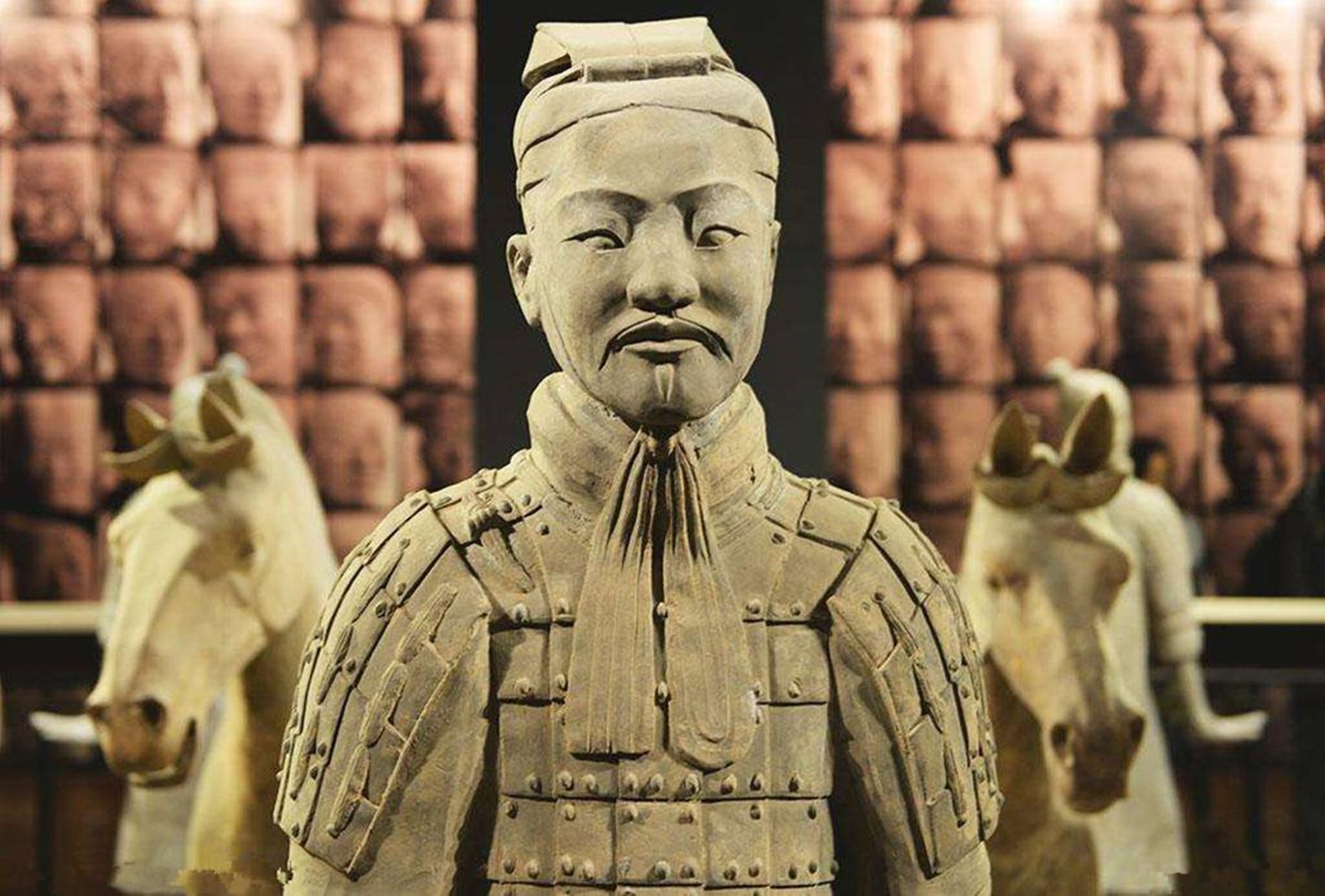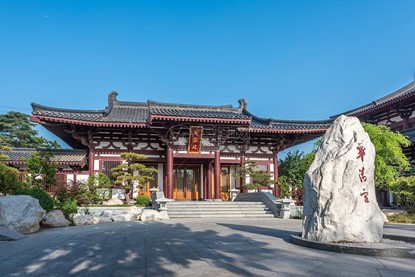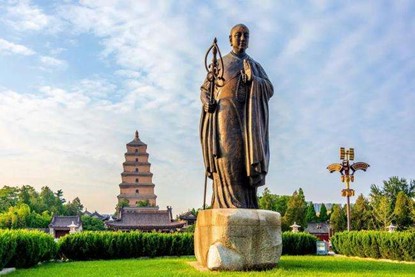Welcome to Xi’an
Xi'an was once called "Changan" in the Han Dynasty. The connotation of this name is “permanent peace". Xian marked the starting point of the world-famous Silk Road. From 11"centry B.C. onwards, Xi'an or its vicinity has been established as the capital city by 13 kingdoms or feudal dynasties successively, including the Western Zhou, the Qin, the Han, the Sui and the Tang. Within Xi’an, you can find a large number of historic attractions. Walking around this old city is like going through thousands of years back in history. That is why foreigners say " He who has no visited Xi’an can not be said to have visited China”. If you come to Xi'an, here are three places you must go.
Army of Terra-Cotta Warriors
To visit Army of Terra Cotta Warriors is the main reason why you are here in Xian. You may have already seen its pictures from China travel books or China tour related travel websites. The original site was found by a local farmer digging a well in 1974. Now it has turned into the most important attraction in Xian - Terracotta Warriors and Horse Museum. It is located about 50km east of the Xian City. The museum includes Pit 1, Pit 2 and Pit 3 as well the exhibition hall of the chariots and horses. The Pit 1 is the largest of the three. To get there you may take a public bus from Xian Train Station Bus Terminal, or take a taxi or rent a car from a local tour.

Huaqing Hot Spring
People usually visit Huaqing Hot Spring on the way to or back from the Terra Cotta Army since this site is located under the Lishan Mountain just 5 km east of the Terracotta Warriors and Horse Museum. It is famous for both its spring scenery and the romantic love story of Emperor Xuanzong (685-762) and his concubine Yang Guifei in the Tang Dynasty (618-907). If you want to know more about the Chinese history, especially the Tang Dynasty as well enjoy Chinese gardening, this is the right place.

Xian City Wall
The main magnet of Xian is the city wall, which is the most complete city wall that has survived in China as well being one of the largest ancient military defensive systems in the world. It was enlarged in Ming Dynasty (1368-1644) from the city wall initially built in Tang Dynasty (618 -907). Now it is 12 meters tall, 12-14 meters wide overing 14 kilometers in length with a deep moat surrounding it. You can walk, even cycle on the wall. Its south gate is the largest with a suspension bridge. Most of the tourists choose the south gate for sightseeing

Big Goose Pagoda
Big Goose Pagoda is one of the oldest structures in China. Originally Big Goose Pagoda consisted of a brick structure of five storeys and was about 60 meters high. First built in 589A.D.in the Sui Dynasty. Between AD 701 and AD 704 during the reign of the Empress Wu Zetian five more storeys were added to the pagoda making ten in all. Unfortunately, it was damaged during World War II and reduced to seven storeys, which is as it remains today. The Big Goose Pagoda is situated in the Da Ci'en Temple, four kilometers south away from the center of the city. It is one of the city's most distinctive and outstanding landmarks, possibly the most beautiful building left in Xian today.
